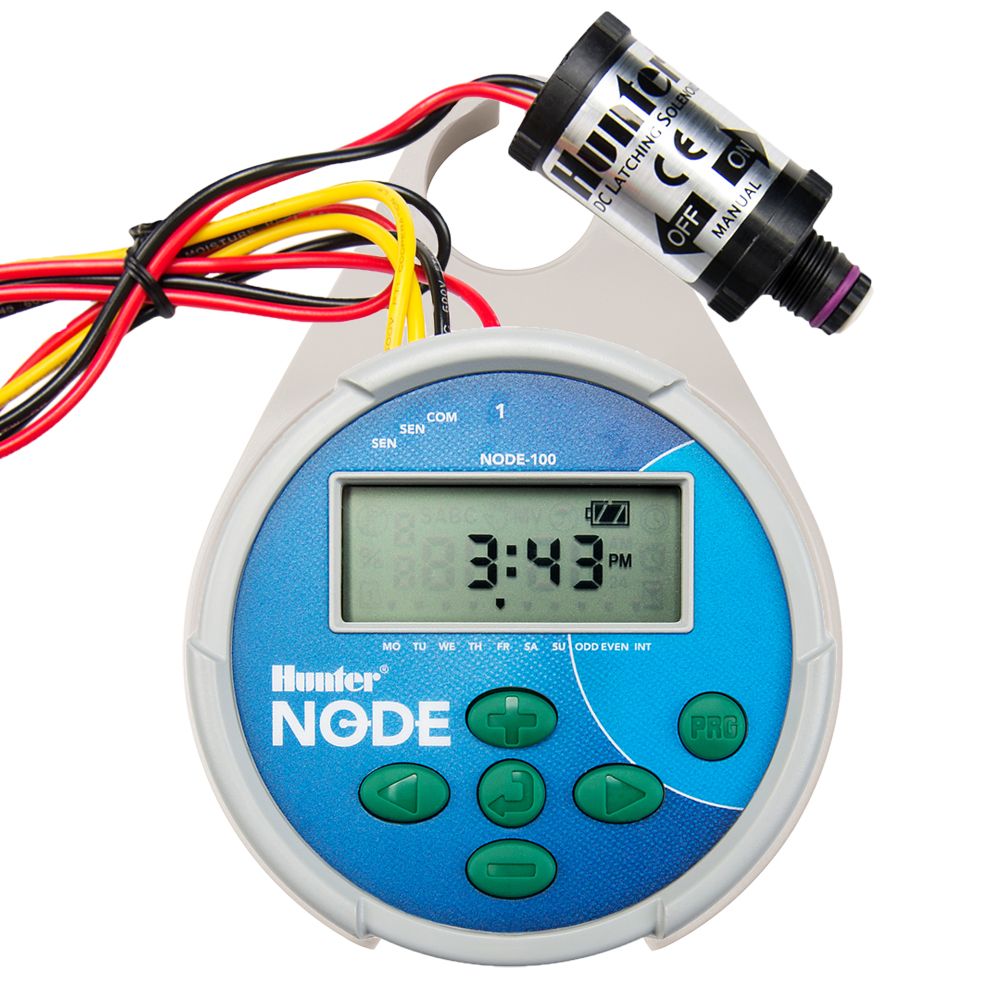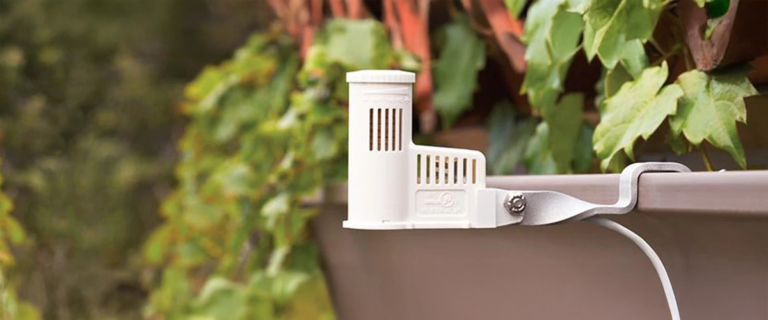Three Basic Types Of Rain Sensors
The rain sensor has evolved a bit over time. This article discusses three different types of rain sensors that you may encounter.
Water Collecting Basin
One of the earliest types of irrigation rain sensors, still in use today, has a water collecting basin or cup that functions like a rain gauge. Once the basin collects a pre-set amount of water, the weight of the water trips a switch and turns off the irrigation system. The problem with this type of rain sensor is that the basin doesn’t discriminate between rain and debris which can fill the container and prematurely interrupt the watering cycle. Some of the wider basin types allow wind to blow rainwater out of the container which delays the shut-off.
Conductivity
The second generation of rain sensor works on the principle of conductivity. There are two electrodes near the bottom of the basin. When the water level reaches the electrodes it completes a circuit and trips a switch. The weight of debris will not trip the switch, but it still displaces water causing the switch to trip prematurely during a brief shower. The open container is the liability with either of the first two rain sensor types.
Hygroscopic Disk
The third, and currently most popular type of rain sensor, discards the old catch basin. Hygroscopic disks, which are made of a synthetic material similar to cork, expand when wet. The wetter it gets, the more it expands. The expanded disk triggers the switch after a preset amount of rain has fallen. It continues to expand as more rain falls. The system will not resume scheduled cycles until the disk dries out and returns to normal size. The more rain that falls, the longer the sensor prevents watering. The Hygroscopic Disk has proven to be precise and reliable.
Sprinkler Warehouse only sells the type of rain sensor that includes a hygroscopic disk, because it is the most reliable type of rain sensor.
Considerations:
When choosing an automatic rain shut off device, whenever practical, it’s a good idea to match the rain sensor to the brand of controller. This ensures compatibility and simplifies potential warranty issues. Most rain sensor devices are intended only for use with a 24 VAC power source. For 110-220 VAC controllers a sensor rated for high voltage such as the Hunter Rain-Clik-HV may be necessary.
Wireless sensors are more convenient to install and have almost no wiring to get damaged. The sensor can be installed up to three hundred feet from the receiver. The wireless sensor costs about three times as much as wired models. Wired sensors are less expensive and don’t have batteries to replace.
Each model has its own unique mounting hardware. Some are more versatile than others. Documentation, instructions, and diagrams vary from outstanding to barely acceptable.
Among established brands, Rain-Clik by Hunter is the only “instantaneous” rain shut-off device for residential irrigation systems. This sensor interrupts the irrigation cycle within the first two to five minutes of a rain event. It can be mounted on any flat vertical surface such as a fence, wall, or vertical facia, and can be mounted on a rain gutter using a Hunter gutter mount.































